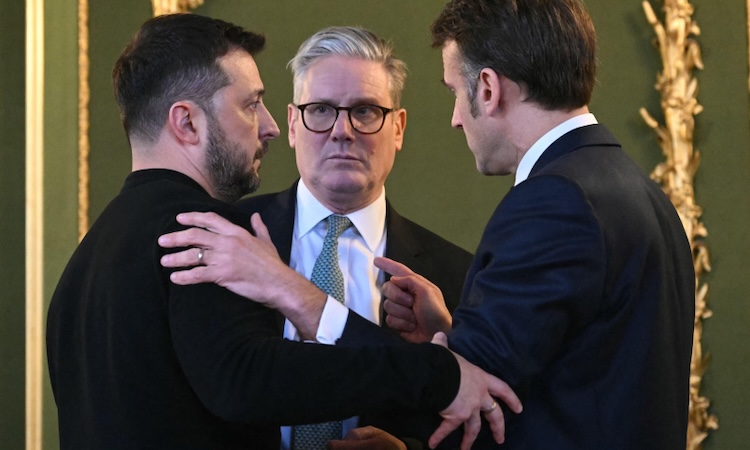The recent discovery in the grounds of a former Canadian residential school of an unmarked mass grave containing the remains of 215 indigenous children brings to a head years of painfully slow investigations into allegations of historic systemic child abuse in the residential school system in Canada.
The picture that is slowly and painfully emerging is one of systematic, institutional abuse of the indigenous children who came under the ‘care’ of any one of 1,300 boarding schools across Canada, some run by the state and some by the Catholic church. The boarding school in whose grounds the recent grisly discovery was made, Kamloops, was one of the largest such facilities, taking children from many different native American tribes. It was still operational late into the 1970s.
The truth about the residential schools began to come out in the 1980s, when 86,000 abuse survivors got together and sued the government. The resultant settlement in 2008 included the creation of a Truth and Reconciliation Commission (TRC), led by an indigenous judge called Murray Sinclair, which issued its report in 2015.
Naomi Klein recently gave this overview of its findings in an Intercepted podcast:
“We heard about indigenous children ripped from their parents, separated from siblings and relatives, beaten and whipped for speaking their language. We heard about priests and nuns who told children that their ceremonies, their artforms, their parents, their grandparents, their ways of knowing were not just wrong but satanic – a sure route to hell.
“The TRC report told of young bodies ravaged by starvation-level rations; of days filled with forced manual labour; of braids of hair chopped off on arrival; of thin school uniforms wholly inadequate for frigid Canadian winters. It told of TB and other infectious diseases left to rampage through the schools.
“We heard about the systemic sexual violence – the rapes – by priests, Catholic brothers, and nuns. One school, St Anne’s in Ontario, had a crank-operated electric chair.
“Now this did not take place in a few dark corners where no-one was looking. It took place on an industrial scale. One hundred and fifty thousand indigenous children went through Canada’s residential school system over a century and half.
“And this was official state policy: enrolment in the schools became mandatory in 1920.”
But all this, dreadful as it was, was not the worst. Murray Sinclair complains that the TRC has been unable to scratch the surface:
“The one aspect of residential schools that really proved to be quite shocking to me, personally, was the stories that we began to gather of the children who died in the schools – of the children who died, sometimes deliberately, at the hands of others who were there, and in such large numbers.
“Survivors talked about, during the time that they were there, about children who suddenly went missing. Some of the survivors talked about witnessing children being buried in large numbers in mass burial sites.” (Stealing children to steal the land hosted by Naomi Klein, The Intercept, 16 June 2021)
Sinclair appealed for funding to extend the investigation to include possible homicide, but then prime minister Stephen Harper refused and shut the investigation down. When the supposedly more liberal Justin Trudeau succeeded him, weeping as he offered an apology for Canada’s historic crimes against indigenous peoples, he did little to actually carry out any of the TRC’s recommendations.
Thrown back on their own devices, First Nation activists decided to conduct their own investigation, hiring experts in ground-penetrating radar to examine the land surrounding the former Kamloops residential school. That is how they unearthed the mass grave containing the remains of 215 children.
The indigenous struggle to get the truth out about the residential school system runs tandem with the struggle to prevent big business in Canada from trashing indigenous territories and ousting indigenous peoples. As the TRC report spelt out: “The Canadian government pursued this policy of cultural genocide because it wished to divest itself of its legal and financial obligations to aboriginal people and gain control over their land and resources.”
By separating children from their families, breaking down family support and systematically rubbishing their culture, the state planned to demoralise the native populations and sap their will to resist the big mining and logging operations.
But the indigenous peoples are fighting back, both on the cultural front and on the economic front. So rattled by indigenous resistance to the Trans Mountain pipeline were its US owners that they bailed out, leaving the government holding the baby.
The horrors of the Canadian residential school system echo the same or worse phenomena in Australia and New Zealand, not to mention the more thorough genocide of the North American Indians. What stands revealed is the fundamental brutality of capitalism, covered in blood from head to foot.
Change is inevitable in all societies, including those of indigenous peoples. Yet the impact of modern progress upon indigenous peoples need not be bloody, chaotic or oppressive. Tsarist Russia was a byword for the brutal oppression of the small nations that were trapped within its empire, earning it the title of “prison house of nations”.
The October Revolution spelt the end of this oppression, proclaiming the right to self-determination of small nations whilst offering them the opportunity to play a full and equal part in the socialist development of the Soviet Union. Every people could receive education in their native tongue and foster all that was positive in the national culture, and the results were dynamic.
The example of the USSR continues to stand as a beacon for oppressed peoples everywhere.












